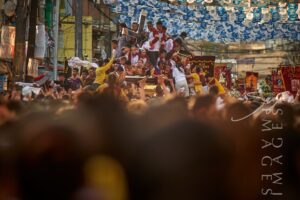
The Feast of the Black Nazarene: A Testament of Faith, Culture, and Tourism
The Nazareno Festival, or the Feast of the Black Nazarene, is one of the most spectacular and deeply moving religious events in the Philippines. Held
Tucked away in the bustling heart of Makati lies the Guadalupe Church Ruins, an evocative landmark that offers more than just a glimpse of the past—it invites you to step into the story of the country’s colonial history and witness the enduring beauty of architectural resilience. Though much of the original structure is now in ruins, the church’s remaining elements are a powerful testament to the area’s deep religious and cultural roots, making it an essential stop for any curious traveler looking to uncover the layers of history beneath the modern cityscape.

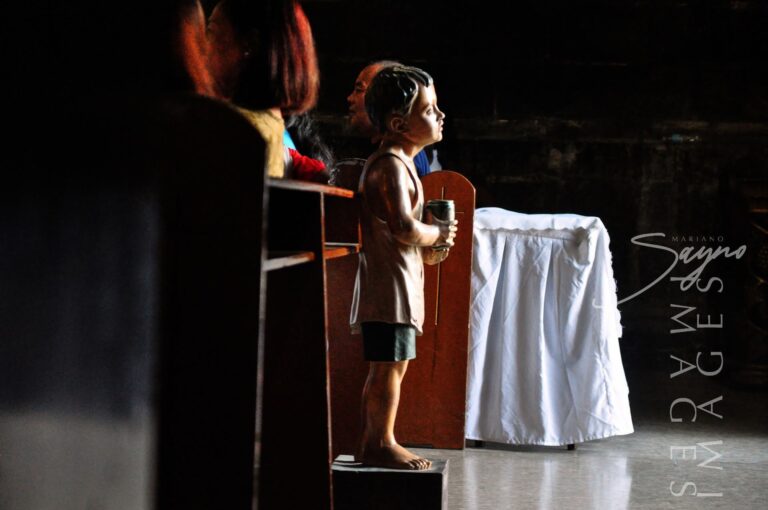
Located in the Guadalupe Viejo neighborhood, the Guadalupe Church is a site that takes you back to the 17th century. The original church was constructed in 1629 by the Franciscan missionaries who came to the Philippines to spread Christianity. Dedicated to Our Lady of Guadalupe, the church served as a center of spiritual life for the local community and became one of the most important religious sites in the region. Over time, it grew in stature, with the church being rebuilt in stone and brick as the years went on, offering a glimpse into the grandeur that once was.

While the church’s architectural style reflects the Spanish Baroque influence, the enduring design, even in its ruined state, speaks volumes about the fusion of local craftsmanship and European design. Travelers can still admire the remnants of its thick stone walls, grand arches, and the bell tower that continues to rise above the modern-day surroundings. The bell tower, in particular, stands out, as it has managed to survive the test of time, enduring despite the ravages of war, neglect, and the steady march of urban development.

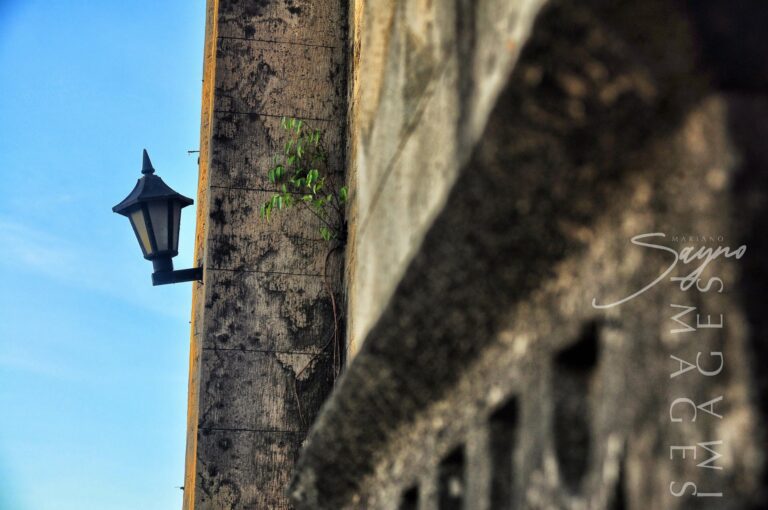
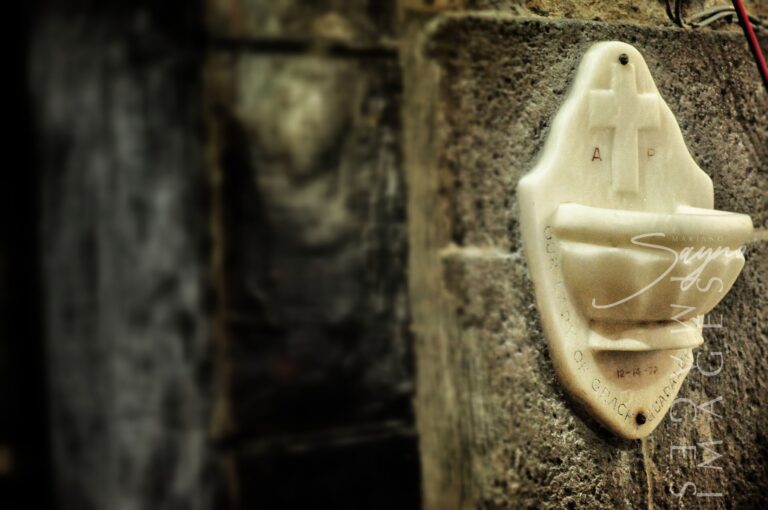
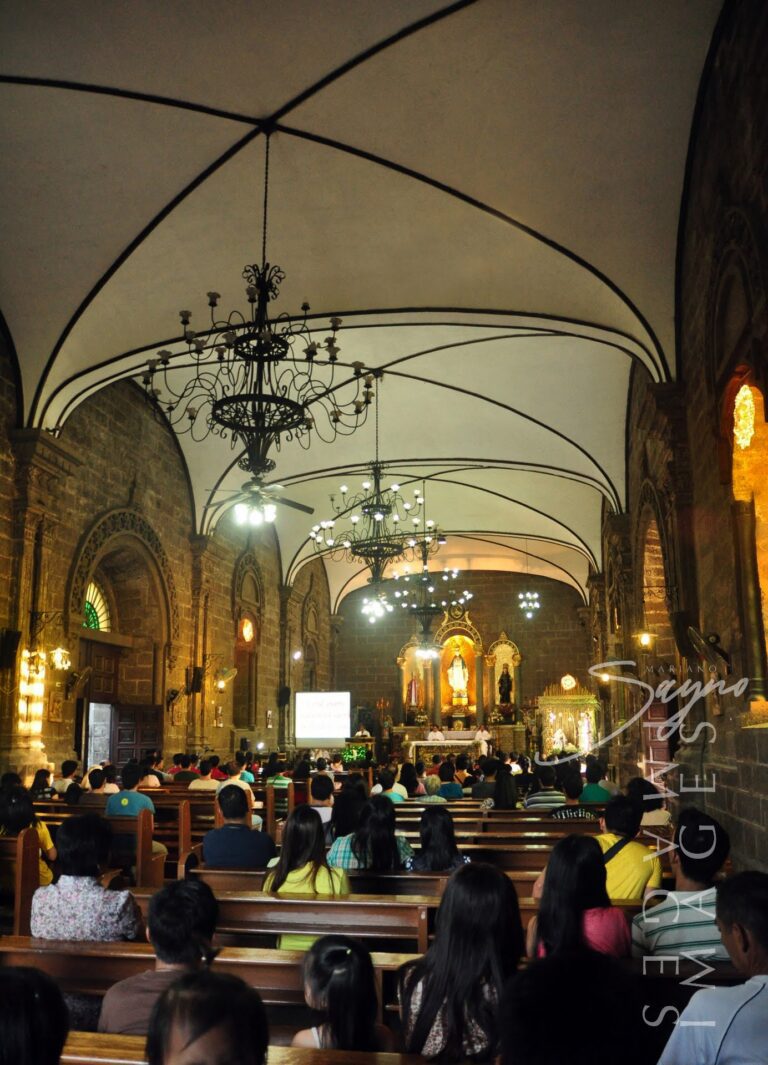

The church was a cornerstone in the community, not just as a place of worship but also as a social and cultural hub during the Spanish colonial period. For locals, it wasn’t just about attending mass—it was the heart of their social life, a place where history was written in both sacred rituals and the everyday lives of its parishioners. But like many historical buildings in the Philippines, the church met its downfall during periods of war. It suffered significant damage during the Philippine Revolution and the Philippine-American War, further hastened by natural calamities. By the early 20th century, the church had fallen into neglect, and it was ultimately abandoned to its ruinous state.
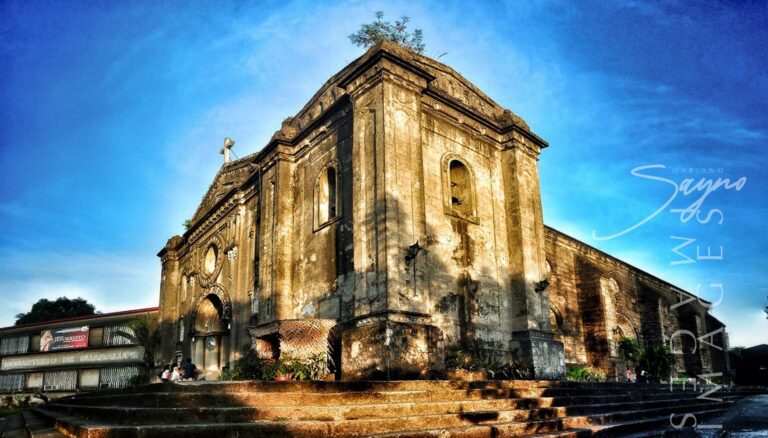
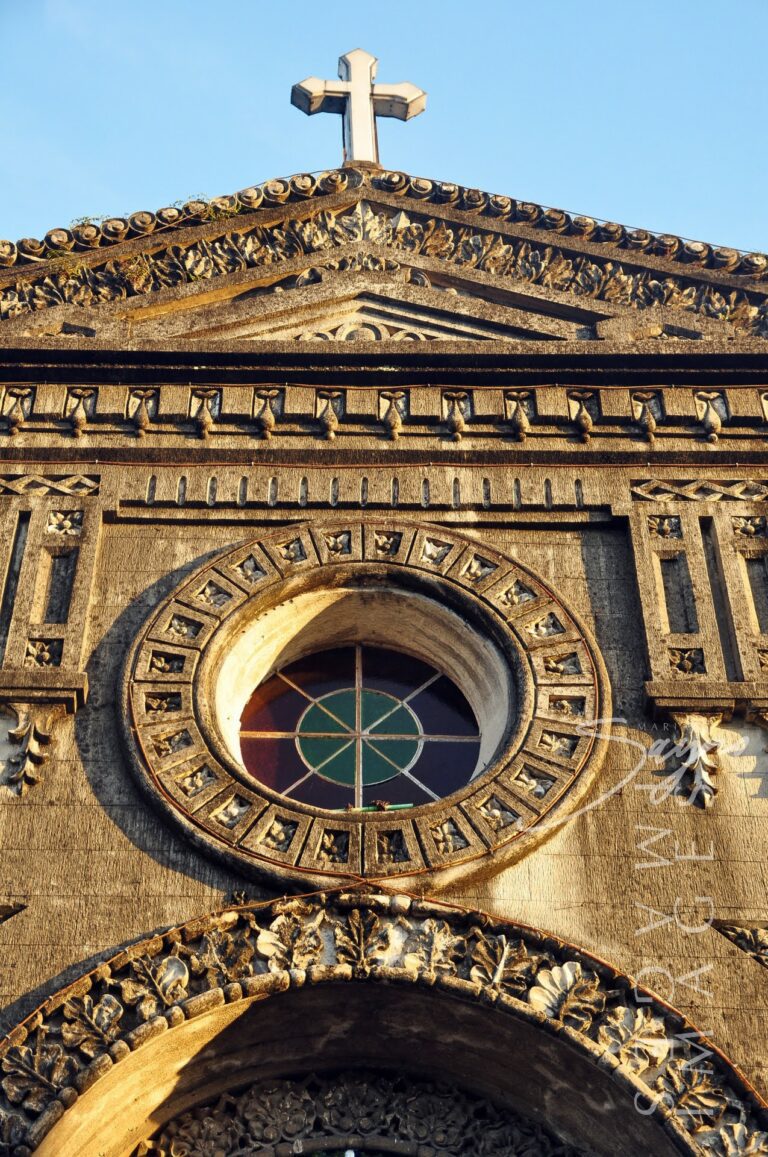

Today, the Guadalupe Church Ruins stand as a silent observer to the rapid changes around it. The modern metropolis of Makati, with its towering buildings and bustling streets, contrasts sharply with the peaceful, historic ambiance that the church evokes. This juxtaposition is what makes the ruins even more captivating. Standing amid the ruins, you can almost hear the echoes of the past, the sounds of bells calling people to prayer, and the voices of generations past who once found solace in the church’s walls.
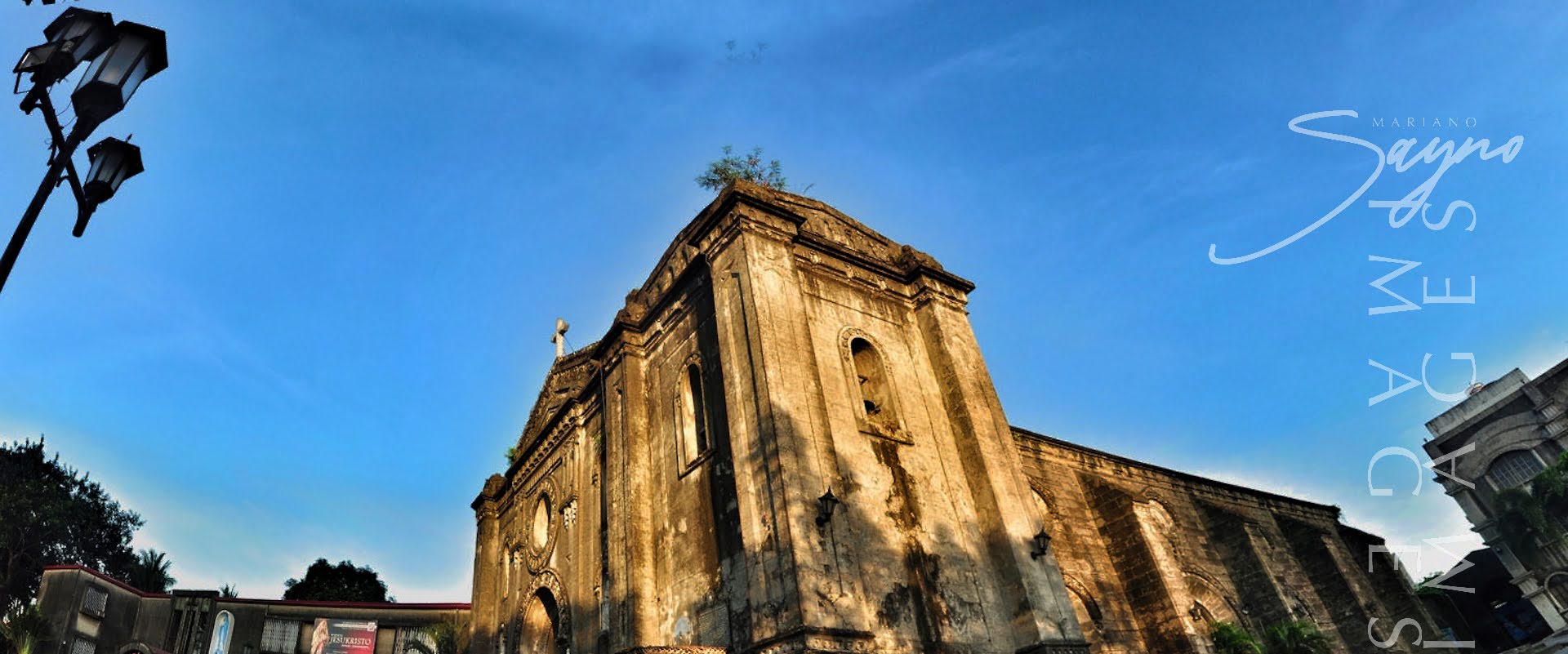
RELATED STORIES

The Nazareno Festival, or the Feast of the Black Nazarene, is one of the most spectacular and deeply moving religious events in the Philippines. Held
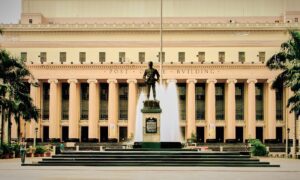


Nestled in the heart of Manila, Liwasang Bonifacio is a place where history, culture, and modern urban life converge. Formerly known as Plaza Lawton, this



If you’re exploring Manila, one spot you shouldn’t miss is Plaza Rajah Sulayman, a scenic and historically significant public square in the heart of Malate,



Located within the historical walls of Intramuros, Manila, Intramuros Golf Club is a true gem for both golf enthusiasts and history lovers alike. This iconic
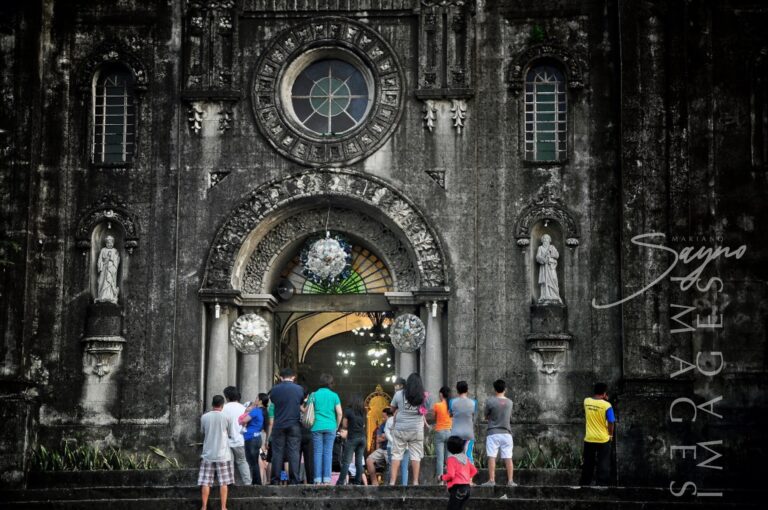

For those visiting Makati, the Guadalupe Church Ruins offer a unique and reflective experience. It’s a place where history isn’t just something you read about in books; it’s something you feel, something that lingers in the air. It’s easy to overlook the significance of such sites when surrounded by the hustle and bustle of city life, but taking the time to walk around the ruins gives a new perspective on how places and people are shaped by time.
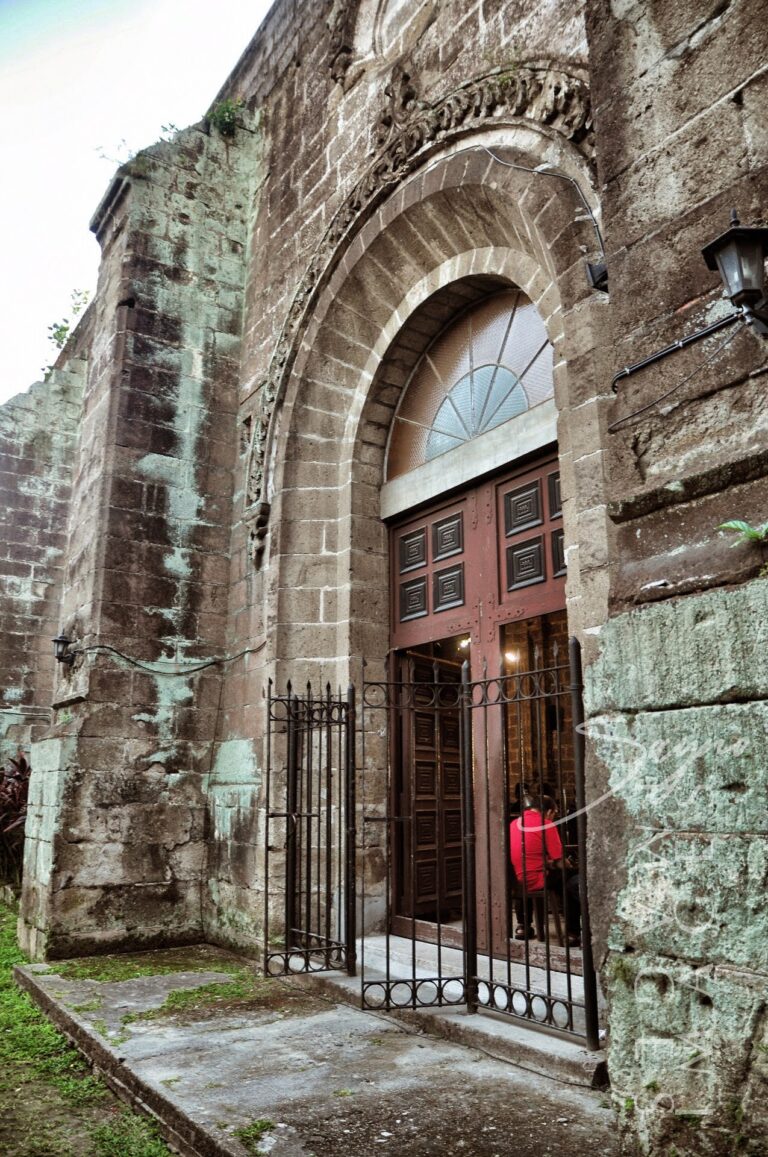

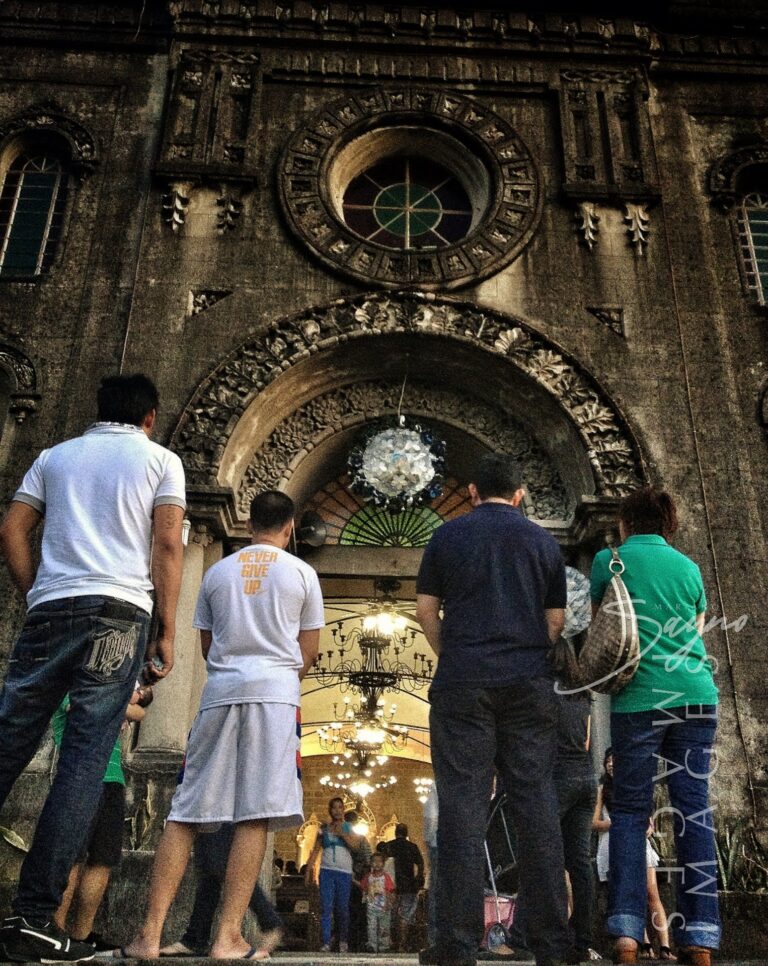

Exploring the ruins provides an opportunity to reflect on the resilience of Filipino faith and culture. While much of the original structure has crumbled, what remains tells a story of persistence. The preservation of the ruins over the years, albeit minimal, shows a commitment to safeguarding the nation’s heritage. As visitors wander through, they are reminded of how important it is to keep these pieces of history intact, not just for their aesthetic value, but for the story they continue to tell.
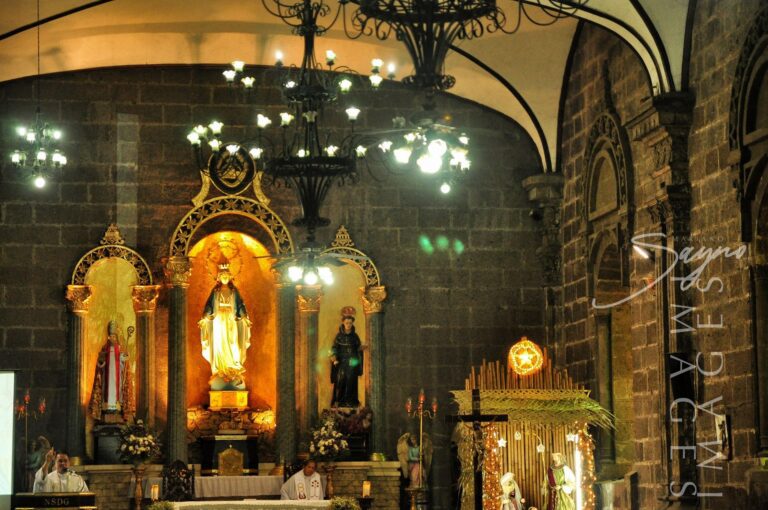

A visit to the Guadalupe Church Ruins is also an invitation to slow down and engage with the past in a meaningful way. Surrounded by the buzz of contemporary Makati, the site feels like a quiet oasis, providing a rare moment of peace amid the city’s fast-paced lifestyle. It’s a chance to step out of the present and experience the Philippines’ colonial history through the crumbling yet enduring stone walls that have stood witness to centuries of change.
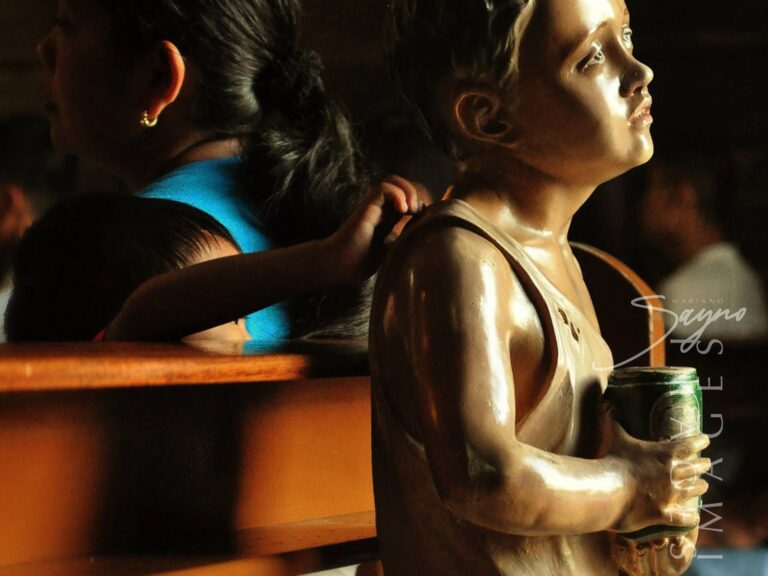

While there, you may also notice the contrast between the old and the new, as the area around the ruins has evolved into a lively commercial district. Yet, despite this urban encroachment, the Guadalupe Church Ruins remain a pillar of the community, offering visitors a chance to pause, reflect, and appreciate the depth of Philippine history.
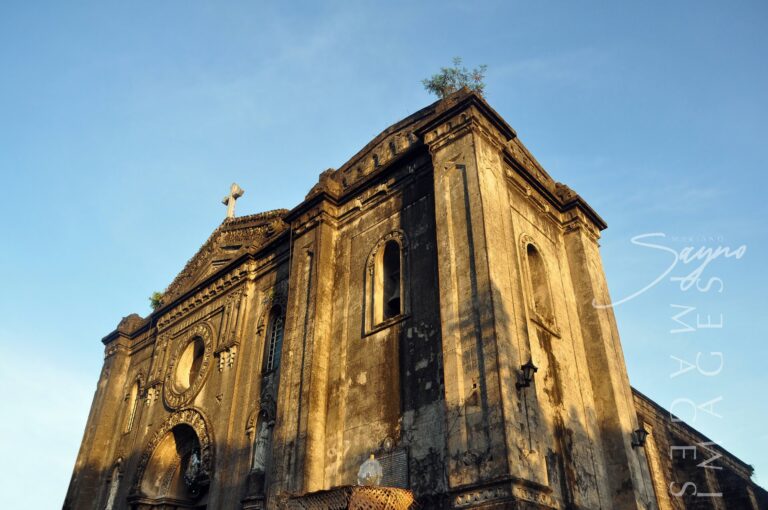

The Guadalupe Church Ruins are not just a stop for history buffs or architecture enthusiasts—they are a destination for anyone seeking to connect with the Philippines’ cultural and religious heritage. Whether you’re a local rediscovering a forgotten treasure or a tourist visiting for the first time, this quiet yet powerful site offers a compelling narrative about the country’s journey through centuries of change. So next time you find yourself in Makati, take a moment to step into the past and explore the remains of the Guadalupe Church Ruins—you won’t just be visiting a historic site; you’ll be uncovering a piece of Philippine history that still resonates today.
I’m looking forward to the stories and images leaving a lasting positive impression on you, just as they have on me. Stay connected with us on social media for a weekly exploration of travel assignments and breathtaking visuals. Our focus is on championing local tourism, showcasing small businesses, and honoring the magnificence of the Philippines through the content we curate. Join us in spreading the word by clicking the ‘share’ buttons below. Your support means the world to us.
EXPLORE MORE about
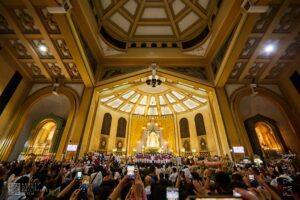

Every October, the vibrant streets of Quezon City come alive with faith, devotion, and rich cultural traditions during the Feast of La Naval de Manila.
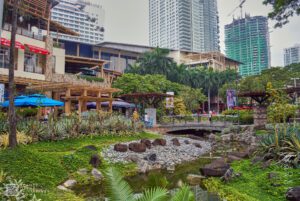

In the heart of bustling Makati, where glass towers slice the skyline and business moves at lightning speed, there’s a place that feels like a
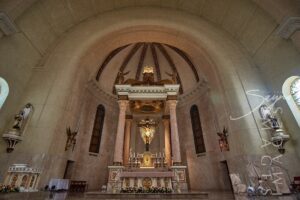

When in Quezon City, one of the most serene and awe-inspiring places to visit is the Mount Carmel Shrine, a haven of peace, spirituality, and
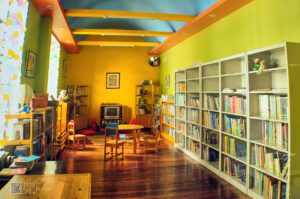

Located along Roxas Boulevard in the heart of Manila, Museo Pambata offers a one-of-a-kind experience where children can learn, play, and connect with Filipino culture
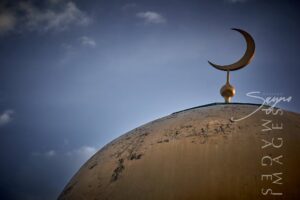

Situated in the heart of Quiapo, Manila, the Manila Golden Mosque stands as a magnificent testament to the rich cultural and religious diversity of the
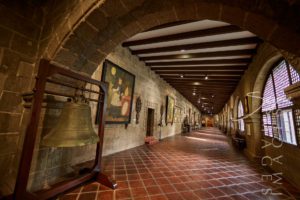

The San Agustin Museum is located adjacent to the UNESCO World Heritage Site, San Agustin Church. It is located in Intramuros—the walled city of Manila—and



The Nazareno Festival, or the Feast of the Black Nazarene, is one of the most spectacular and deeply moving religious events in the Philippines. Held
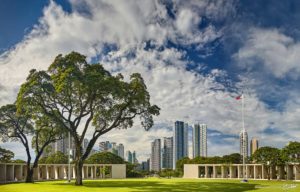

Manila American Cemetery and Memorial is located in the heart of Taguig City on the lands of Fort Bonifacio and serves as the largest grave
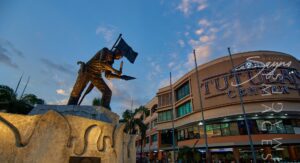

Situated in the heart of Manila, Tutuban Center is more than just a shopping destination—it’s a vibrant mix of history, commerce, and culture that draws


The University of the Philippines Diliman (UP Diliman) is more than just the country’s premier academic institution—it is a historical, cultural, and natural destination worth
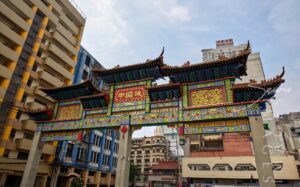

In addition to being considered the oldest Chinatown in the world, Binondo Chinatown is also the center of trade and commerce in Manila City. In
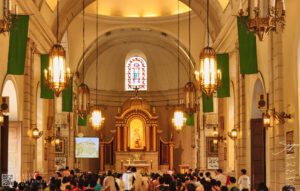

Malate Church stands as a profound symbol of faith, resilience, and artistry, preserving its sacred role and architectural splendor through centuries of triumphs and trials.


As the nation’s first ever world-class marine theme park, Manila Ocean Park is located in Ermita Manila, within the Philippines’ largest urban resort/aqua-themed hotel complex
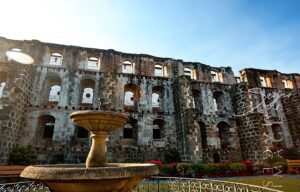

Located within the historic district of Intramuros, Manila, Padre Blanco Gardens—also known as Father Blanco’s Garden—offers a charming and romantic retreat amid centuries-old architecture. This
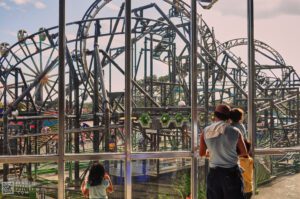

Nestled in the heart of Pasay City within the Cultural Center of the Philippines Complex, Star City stands as one of the premier amusement parks
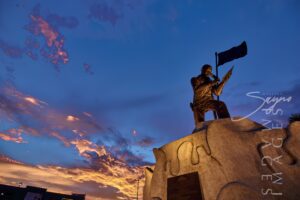

The Andres Bonifacio Birthplace Monument in Tutuban, Divisoria stands as a powerful symbol of Filipino patriotism and a tribute to the courage and leadership of Andres
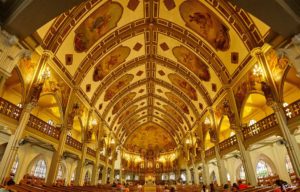

The Manila Abbey San Beda, or formally known as Abbey of Our Lady of Montserrat, is a Benedictine men’s monastery located along the streets of
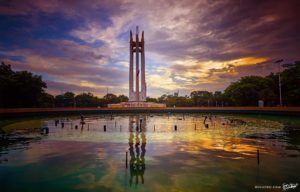

One of Quezon City’s main parks is the Quezon Memorial Circle, which is located in Quezon City and is surrounded by an elliptical road, making
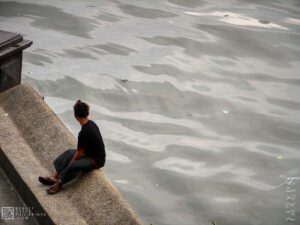

Quezon Bridge, a striking steel arch bridge spanning the Pasig River, is more than just a vital transportation link—it is a historical icon of Manila.
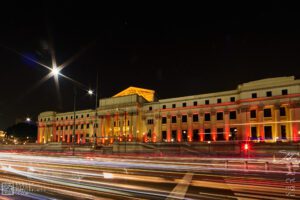

Manila, the vibrant capital of the Philippines, is home to a wealth of cultural and historical landmarks, and among its crown jewels is the National
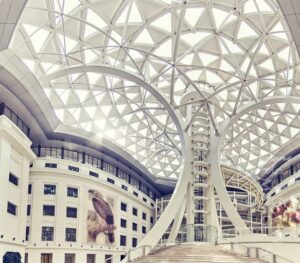

Explore the vibrant tapestry of Manila through its four national museums, each a unique gem in the city’s cultural crown. These four distinguished establishments are
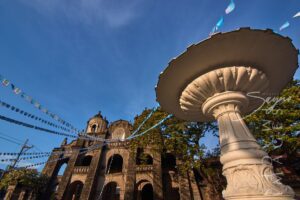

San Juan, a city tucked in the heart of Metro Manila, is often overshadowed by its more famous neighbors, yet it holds within its borders
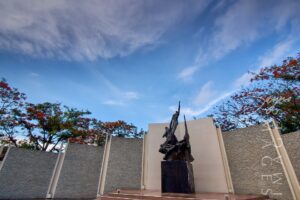

Located in the heart of San Juan City, Metro Manila, the San Juan – Pinaglabanan Memorial Shrine serves as a powerful reminder of the bravery


When you think of Manila, you probably imagine vibrant street life, Spanish-era churches, or food stalls dishing out sisig and lumpia. But just beyond the
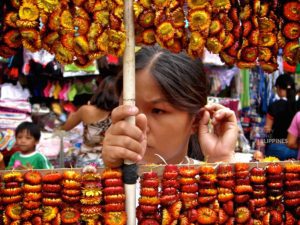

Plaza Miranda is a public square bounded by Quezon Boulevard, Hidalgo Street and Evangelista Street in Quiapo, Manila. It is the plaza which fronts the
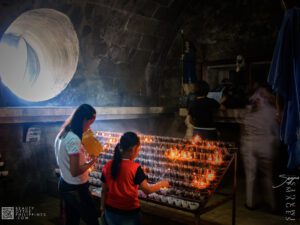

Located in the heart of Taguig City, just a short distance from the bustling Bonifacio Global City (BGC), lies the St. Anne Parish Church, more
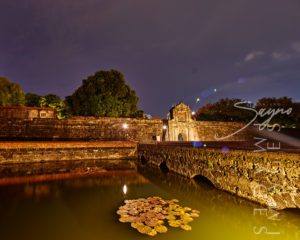

It is also known as the Walled City, and during the Spanish Colonial Period it was synonymous with the city of Manila. Intramuros was also
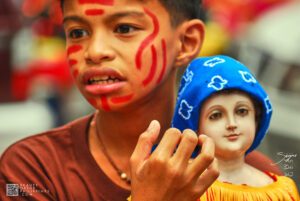

Every January, in the heart of Tondo—one of Manila’s oldest and most storied districts—a celebration unfolds that’s unlike anything else in the Philippines. The Feast
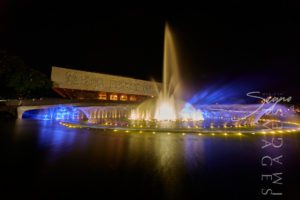

The Cultural Center of the Philippines or CCP was founded in 1966 under the directive of former President Ferdinand Marcos, in order to reinforce and


It is the home of the popular Asian elephant, Mali, as well as 90 other species. As well as being a landmark in Manila, the
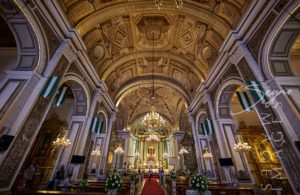

Known as one of the most important baroque churches in the Philippines and as one of the only four baroque churches in the Philippines that



If you’re exploring Manila, one spot you shouldn’t miss is Plaza Rajah Sulayman, a scenic and historically significant public square in the heart of Malate,
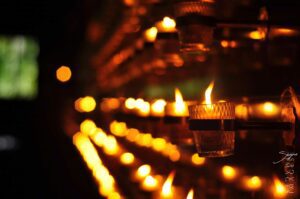

The Padre Pio Chapel, also known as the St. Pio of Pietrelcina Chapel, holds a special place in my heart as a photographer. It revealed
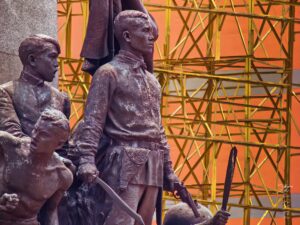

The Bonifacio Monument, also called Bonifacio Monumento or Monumento, proudly stands in Caloocan City, Metro Manila. It is a powerful symbol created by the National
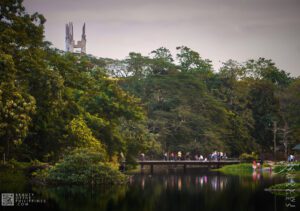

Situated in the heart of Quezon City, the Ninoy Aquino Parks and Wildlife Center (NAPWC) offers a serene retreat from the bustling streets of Metro
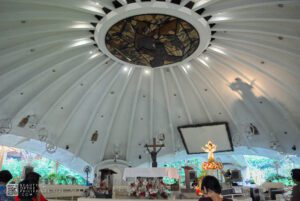

Let’s face it—Makati can be overwhelming. Skyscrapers, honking horns, back-to-back meetings, and the endless buzz of city life. But right in the middle of all
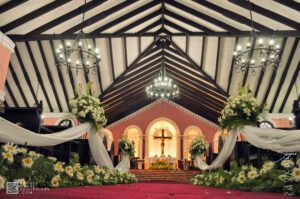

When you think of Malabon, your mind might wander to its famous pancit, old-world charm, or those quiet, flood-prone streets filled with stories from generations
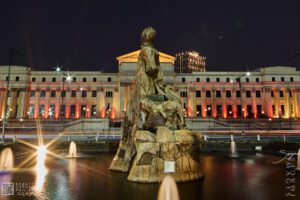

The Gomburza National Monument, located in front of the National Museum of Fine Arts along Padre Burgos Avenue in Manila, stands as a solemn tribute
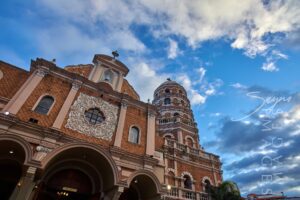

If you’re wandering through the heart of Manila and looking for a place where stories linger and time seems to slow down, Santa Cruz Church
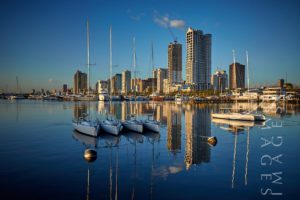

It is considered to be one of the world’s great harbors, the Manila Bay, and it serves as the Port of Manila, Philippines. Having once
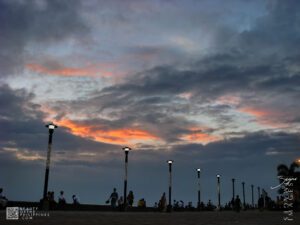

Let’s be real—when you think of tourist spots around Metro Manila, Navotas probably isn’t the first to pop into your head. But you know what?
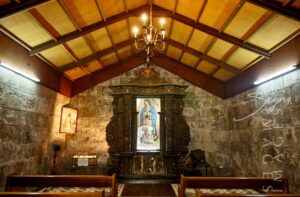

Tucked within the storied walls of Fort Santiago, a landmark that has stood as a silent witness to centuries of Philippine history, the Our Lady
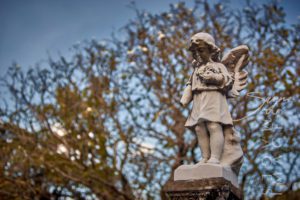

As one of the oldest cemeteries in Manila, Campo Santo De La Loma, commonly referred to as the La Loma Cemetery, is one of the


Quiapo, Manila, is home to the historic Quiapo Church, officially known as the Minor Basilica and National Shrine of the Black Nazarene. This revered religious
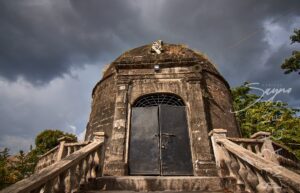

Tucked away in the heart of Taguig City, Metro Manila, lies an intriguing historical site that continues to captivate both locals and travelers alike—the Simborio.
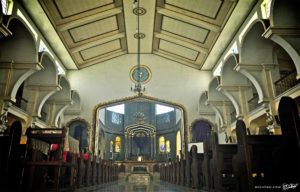

The Polo Church, formally known as the San Diego de Alcala Church, resides in the Polo neighborhood of Valenzuela, Manila. This church has a captivating
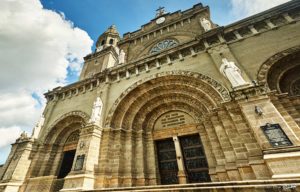

Originally built in 1880, the Manila Cathedral is the current version of the longstanding Church of Manila. It is a masterpiece of architecture that was



Located within the historical walls of Intramuros, Manila, Intramuros Golf Club is a true gem for both golf enthusiasts and history lovers alike. This iconic


Located in the heart of Quezon City, Christ the King Seminary is not only a center of Catholic education but also a place where spirituality,
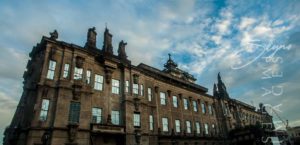

UST, also known as the University of Santo Tomas, is a private Roman Catholic university located in Sampaloc, Manila. It was founded on 28 April
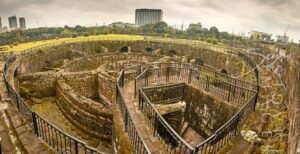

You know how sometimes, you stumble upon a place that feels like stepping straight into a history book—except the pages come alive? That’s exactly the



Nestled in the heart of Manila, Liwasang Bonifacio is a place where history, culture, and modern urban life converge. Formerly known as Plaza Lawton, this


Nestled in the heart of Quezon City, La Mesa Ecopark stands as a serene sanctuary, offering both a retreat for nature lovers and an educational
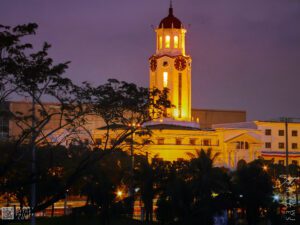

Nestled in the historic district of Ermita, Manila City Hall is more than just the seat of the city’s government—it’s a testament to the rich


If you’re exploring Manila and looking for more than just the usual heritage stops, make room on your itinerary for a place that blends quiet


Nestled in the vibrant district of Binondo, Manila, Plaza San Lorenzo Ruiz stands as a historical and cultural gem. Once known as Plaza Calderón de
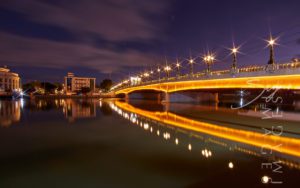

The newly restored Jones Bridge is easily recognizable by its beautifully designed black lamp posts—the same ones that were there when the bridge was first
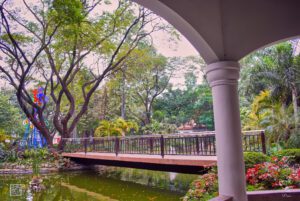

Situated in the lively heart of Makati’s Legazpi Village, Washington SyCip Park provides a serene refuge away from the city’s fast pace. Established in 2006
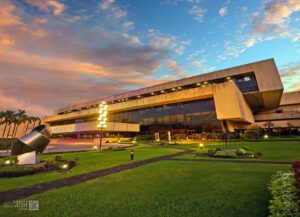

The Philippine International Convention Center (PICC) stands as a monument to the Philippines’ ambition to be a key player on the global stage. With its
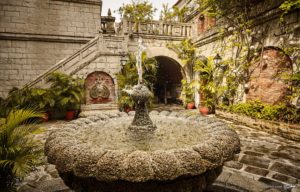

Casa Manila, located in the heart of Intramuros, Manila, is a living museum that transports visitors to the grandeur of the Spanish colonial era. As


If you’re ever wandering through the lively streets of Manila, one of the city’s must-see spots is the iconic Carriedo Fountain. Nestled in the heart
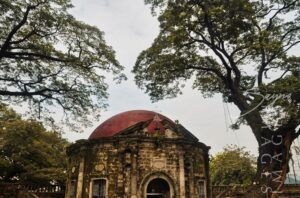

Situated in the bustling city of Manila, Paco Park is a serene oasis that invites visitors to step back in time while enjoying the calm
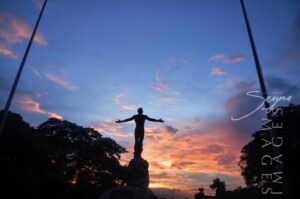

If you find yourself wandering through the sprawling campus of the University of the Philippines (UP) Diliman in Quezon City, you’ll undoubtedly encounter one of
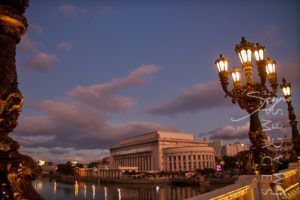

The Manila Post Office, officially known as the Manila Central Post Office, is a distinguished example of neoclassical architecture, originally designed by Juan M. Arellano,
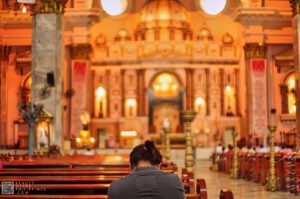

The Binondo Church is a historic church in Manila, located in the District of Binondo, near the Plaza San Lorenzo Ruiz. It was previously called
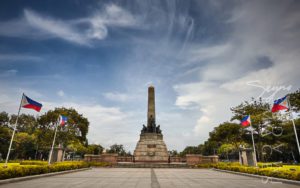

Located along Roxas Boulevard, Manila and adjacent to the century-old walled city of Intramuros, the Luneta National Park, or Rizal Park as many refer to
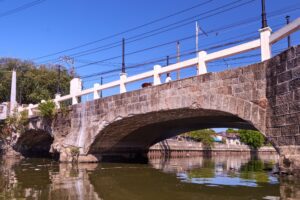

Nestled at the crossroads of Las Piñas in Metro Manila and Bacoor in Cavite, the Zapote Bridge stands as a silent yet powerful witness to
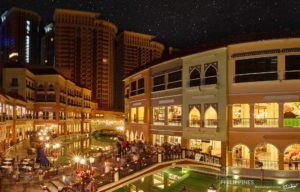

Located in the heart of the Taguig City, the Venice Grand Canal is a lifestyle mall development under the Megaworld Lifestyle Malls Located inside the
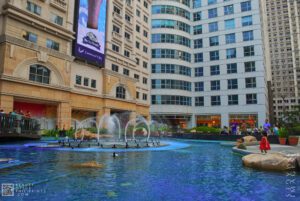

Located in the heart of Quezon City, Eastwood Mall stands as a vibrant fusion of shopping, dining, and entertainment. More than just a mall, it’s
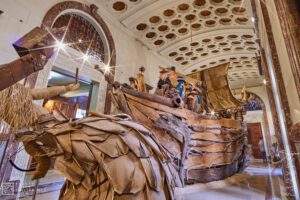

The National Museum of Anthropology, located in the heart of Manila within the National Museum Complex, is a must-visit destination for travelers eager to explore
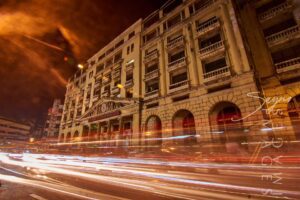

I experienced the vibrant and colorful life of downtown in full. I took some time to appreciate the beauty of Santa Cruz Church and Plaza


It is always a surprise for buildings, parks and houses to survive such wars as it is almost inevitable that everything will be brought down
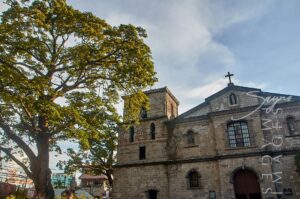

If you’re the kind of traveler who loves uncovering places with soul — you know, spots where history, culture, and a touch of magic come


The Kartilya ng Katipunan, also known as Bonifacio Shrine or Heroes Park, is a must-visit historical site in Ermita, Manila, celebrating the legacy of Andrés
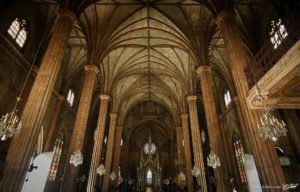

San Sebastian Church is a Roman Catholic Minor Basilica located in Quiapo, Manila. It’s also known as Minor Basilica of San Sebastian or San Sebastian
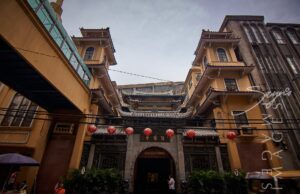

If you’re exploring the heart of Manila, you won’t want to miss Seng Guan Temple, a cultural and spiritual gem nestled in the bustling district
BROWSE BY CATEGORIES